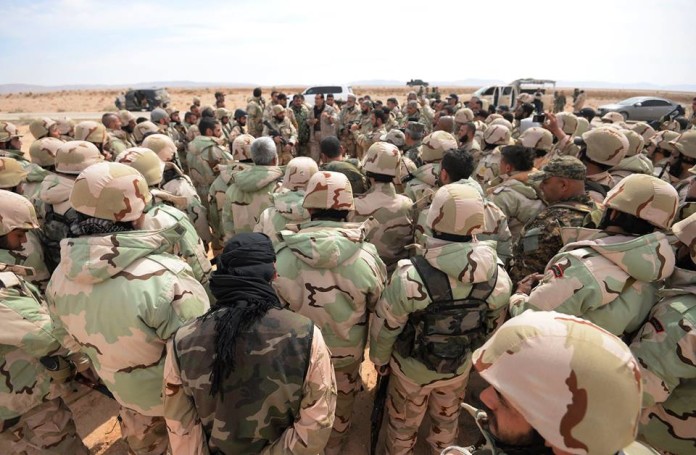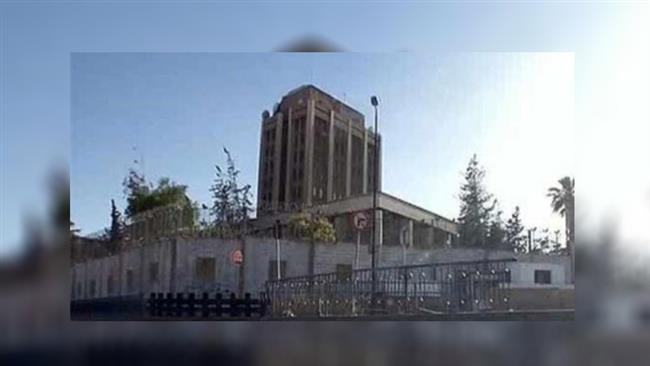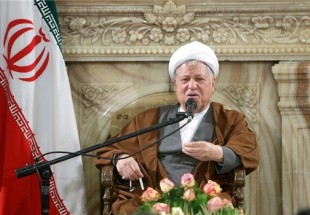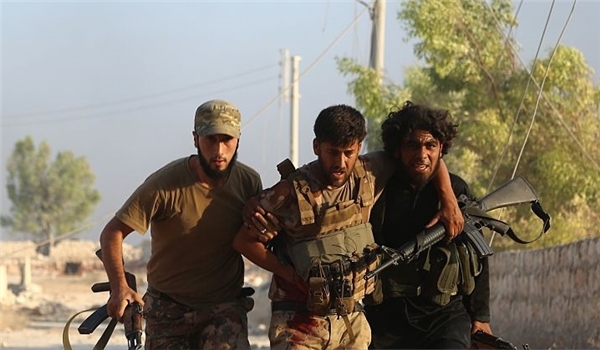Who are the Syrian Desert Hawks?

In a matter of two years, the Syrian Desert Hawks (var. Liwaa Suqour Al-Sahra) have become one of the most effective fighting forces in the Syrian War; however, very little is known about this paramilitary group. Often described as a unit from the pro-government “National Defense Forces” (var. NDF), the Desert Hawks actually have no affiliation with the latter or the Syrian Arab Army (SAA).
The man behind the Desert Hawks:
The Desert Hawks were originally started by a retired Syrian Army officer, General Mohammad Jaber, in early 2013. Following his retirement from the Syrian Armed Forces, General Jaber used his contacts in the government to secure lucrative business deals that included the purchase of oil and natural gas refineries. General Jaber would quickly become the J.D. Rockefeller of Syrian businessmen, accumulating a large fortune that afforded him the ability to travel around the world and purchase lucrative villas in several Mediterranean countries. When the Syrian conflict turned violent, General Jaber found his economic interests facing a grave threat from armed groups.
Formation of the Desert Hawks:
Syria is not known for its prevalence of defense contracting companies; so when General Jaber went searching for mercenaries to protect his oil assets in the Syrian Desert, he quickly realized he was alone in this matter. With his hundreds of millions of dollars, General Jaber decided to recruit former soldiers from the Syrian Arab Army’s Special Forces. General Jaber offered generous wages to these men in return for their allegiance and protection. Unlike the Syrian Arab Army, General Jaber purchased most of the equipment for his mercenaries from western arms dealers. From desert camouflage battle fatigues to U.S. manufactured pick-up trucks; these soldiers-for-hire were well-equipped for their future assignments.
War in the desert:
Not long after their formation, the Desert Hawks faced an incredible threat from local rebel groups; however, nothing could prepare them for the emergence of the Islamic State of Iraq and Al-Sham (ISIS) in the Summer of 2014. ISIS swept through much of Syria’s eastern countryside, capturing all of the rebel-held territory in the provinces of Al-Hasakah, Deir Ezzor, Al-Raqqa, and east Homs. As a result of their expansion, ISIS was position to attack the government controlled “Al-Sha’ar Gas Fields” in northeast Homs.
Before ISIS’ presence in northeast Homs, the Desert Hawks rarely participated in battles against the anti-government forces. When the predominately Armenian city of Kessab was captured by the jihadist rebels in 2014, several Desert Hawks from rural Latakia received permission from General Jaber to help drive back Harakat Ahrar Al-Sham and reclaim the Turkish border-crossing. Following the Kessab battle, the Desert Hawks returned to their posts, until they were asked by the Syrian government to help liberate the Al-Sha’ar Gas Fields in late 2014. The Desert Hawks honored this request from the government and helped liberate the Al-Sha’ar Gas Fields.




